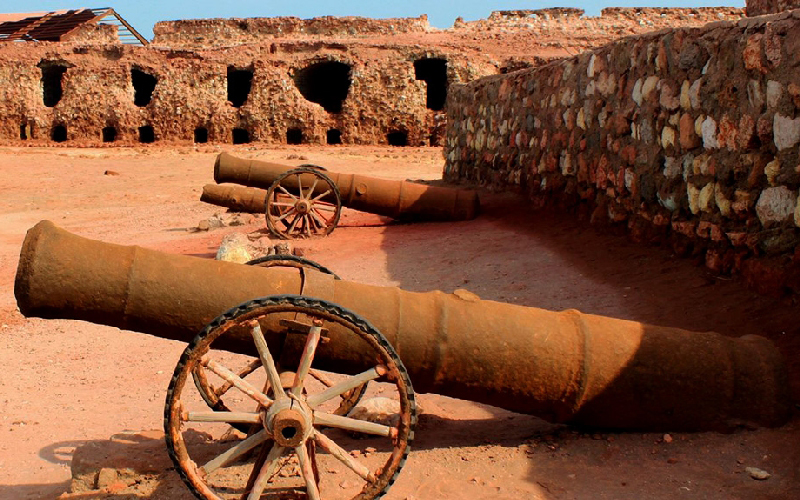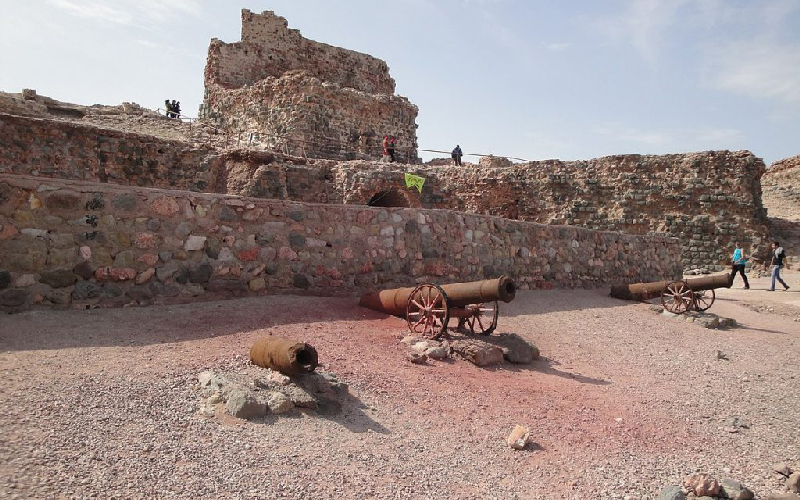Avash News: The Director General for Ceremonies at Iran’s Ministry of Foreign Affairs announced on X that he had met with Portugal’s Chargé d’Affaires, describing the meeting as “friendly and constructive.”
Ali Akbari Nazari stated, “We discussed mutual issues, matters related to ceremonies and protocol, support for organizing cultural exhibitions, as well as cooperation on restoring historical sites built around five centuries ago.”

Historical structures from the era of Portuguese presence in Iran’s southern islands and ports—such as the castles in Hormuz, Qeshm, and Chabahar—remain key points of interest in cultural heritage and historical preservation for both countries.
The expansion of cultural cooperation and the protection of shared historical sites constitute an important pillar of relations between Iran and Portugal.

The Portuguese were active in trade in the Persian Gulf from 1507 to 1622, gradually increasing their population and areas of activity, and establishing military fortifications. Their presence also marked the arrival of Catholics to the region. They eventually secured an agreement from Shah Ismail to take control of Hormuz.
The Portuguese Castle remains one of the most prominent historical structures from that era.







